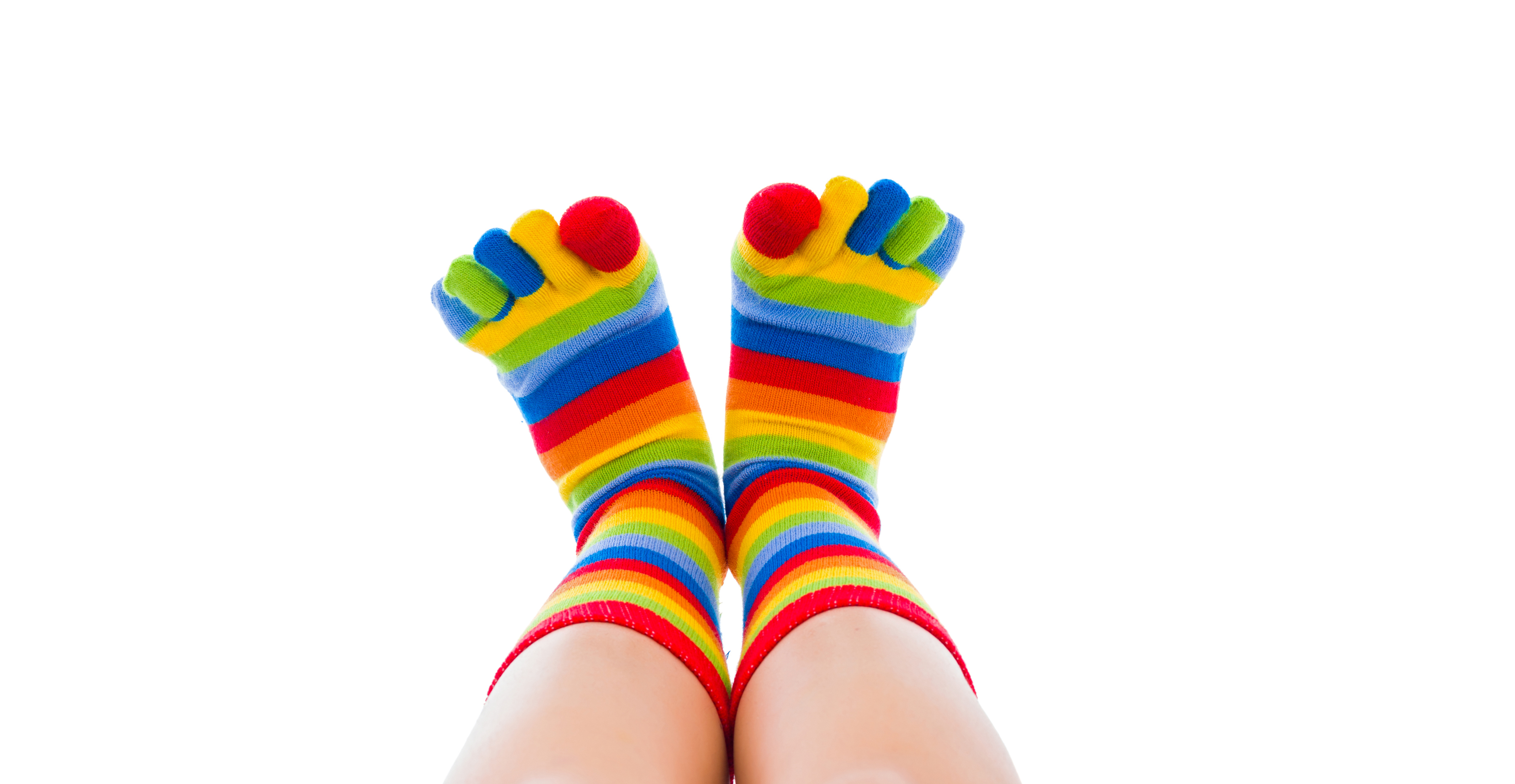The uptick in patients presenting with chilblain-like lesions on their feet and hands is one of COVID’s unexpected trends.
The uptick in patients presenting with chilblain-like lesions on their feet and hands is one of COVID’s unexpected trends.
The first reports of unusual and unseasonal chilblain-like lesions thought to be associated with COVID-19 came from Italy and Spain, areas with high rates of coronavirus infections, in April and May.
The phenomenon, quickly nicknamed ‘COVID toes’, sparked concerns among dermatologists that chilblain-like lesions could be a marker of COVID-19 in young patients with mild or otherwise asymptomatic disease, who could be potentially infectious.
Most cases of the chilblain-like lesions appeared two to four weeks after suspected COVID-19 infection, according to Dr Esther Freeman, a dermatologist at Massachusetts General Hospital in Boston who is coordinating an international registry tracking COVID-related skin manifestations.
Since April, the registry has collected 1000 cases from 40 different countries of skin symptoms in patients with suspected and confirmed COVID-19 infections, half of which have been COVID toes.
But other researchers say the trend could just be coincidental, with more cases of classic chilblains appearing as a result of lockdown measures and cold weather.
Midway through June, new evidence emerged with a study of seven children in Spain aged 11-17 years with chilblain-like lesions that was published in the British Journal of Dermatology.
The study reported that SARS-CoV-2 had been detected in biopsies of their lesions, and it provided a critical piece of direct evidence for the link between chilblain-like lesions and COVID-19 infections, said Dr Freeman.
In the study, antibody staining detected SARS-CoV-2 in skin biopsies from all seven patients, yet their diagnostic tests (nasal and throat swabs) had been negative.
Electron microscopy of one skin biopsy also found evidence of viral particles in endothelial cells, leading the authors to conclude that the lesions (at least among these seven patients) were indeed a manifestation of COVID?19.
At the time, the authors said, “Our findings support a causal relation of SARS-CoV-2 with COVID toes. Endothelial damage induced by the virus could be the key mechanism causing these lesions.”
Speaking to TMR‘s sister publication Rheumatology Republic, Dr Freeman called the study “the real clincher” of clinical observations from Boston and other COVID-19 hotspots at the peak of the pandemic, and further reports of chilblain-like lesions that have been documented in the international registry.
In the registry, among patients with lab-confirmed COVID-19 infections, chilblain-like lesions have been the second most common skin symptom observed after measles-like rashes (which are commonly associated with viral infections).
However, only a fraction of patients in the registry (15%) tested positive for COVID-19 at same time their chilblain-like lesions appeared, Dr Freeman said. Patients testing negative for COVID-19 while presenting with chilblains could have had a low viral load or might not have mounted a significant antibody response, she said, making it difficult to establish a clear association.
Dr Jane Munro, a paediatric rheumatologist at the Victoria Children’s Clinic in Melbourne, agreed that the skin biopsy findings in the British Journal of Dermatology were convincing but said the results – from just a handful of cases – should be taken with caution.
“There is still much uncertainty [about the link between chilblain-like lesions and COVID-19]. The jury is still out,” Dr Munro said.
“There’s possibly some association, and anecdotally, it certainly looks like this year there were more chilblains, but [without any prospective epidemiology] we don’t have the answer yet,” Dr Munro said.
The skin lesions could be caused by lifestyle changes brought about by lockdown restrictions, said Dr Munro, who has seen a large increase in the number of new referrals for chilblains during Melbourne’s winter.
“Particularly in Victoria, people have been sitting around in isolation and not moving much or walking around on cold floorboards without socks,” she said.
The same conclusion was reached by the authors of a prospective case series from Belgium of 31 patients with chilblain-like lesions, none of whom tested positive for COVID-19 in throat swabs or with serology. No virus was detected in the skin biopsies analysed either.
“Dermatologic lesions, even if increasingly observed during the current pandemic, should be carefully interpreted,” the Belgian researchers said in their paper.
In response to the slew of reported findings, the Australasian College of Dermatologists (ACD) issued a position statement (26 August) on managing cases of chilblains during the pandemic which advised Australian doctors to consider a patient’s history and general health.
The College said that if a patient presents with pernio or chilblain-like lesions, clinicians should take a thorough history of the patient’s COVID-19 symptoms, including fevers, dry cough, lethargy and aches and pains.
Doctors should also assess whether the patient has had any potential COVID-19 contacts in the weeks or months prior.
But if there’s no clinical suspicion for COVID-19 – meaning the patient’s chilblains are typical and they have no history of any COVID-19 symptoms or potential close contacts – then “it is not necessary to arrange PCR testing for COVID-19 with just a pernio presentation,” the ACD statement said.
Dr Munro agreed, though she said clinicians should still look out for unusual cases of chilblains such as those with extensive lesions around the heels and any atypical cases that might appear over the Australian summer. In those circumstances, you may want to offer a COVID-19 test, she said.
“But most presentations seem to be classic chilblains so in general, manage as you usually would,” Dr Munro said.


